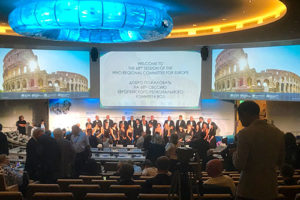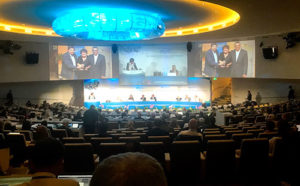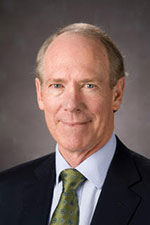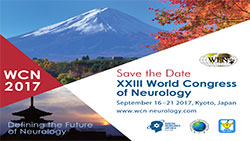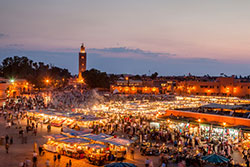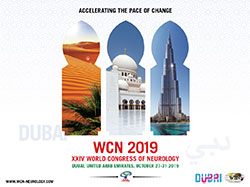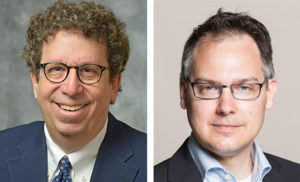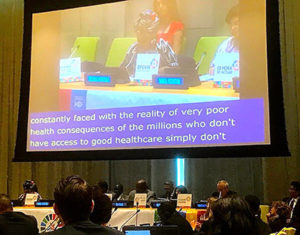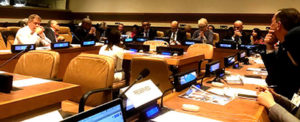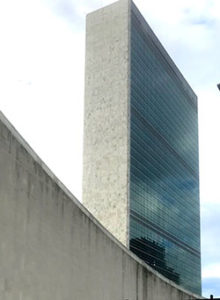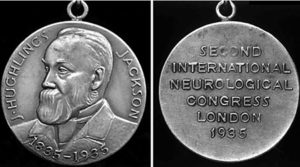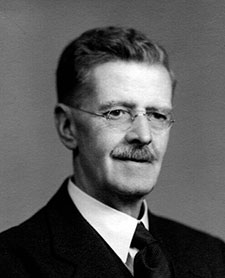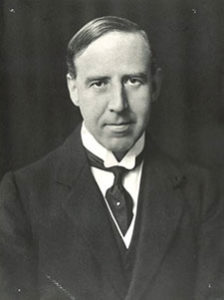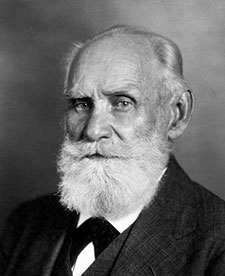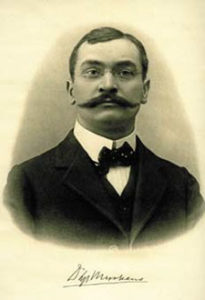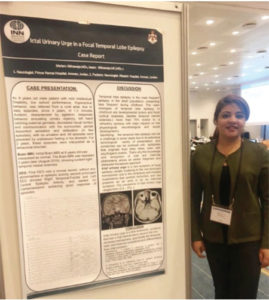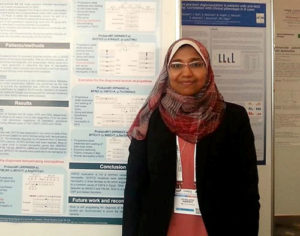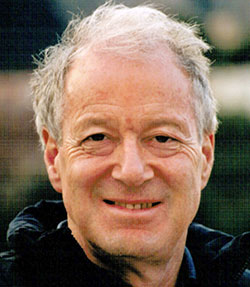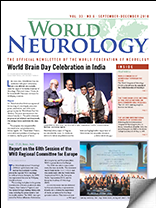By Chandrashekhar Meshram, Gagandeep Singh, and Sanjeev Thomas
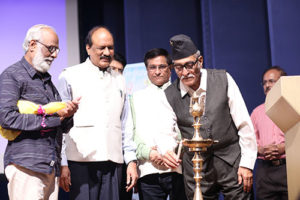
Inauguration of World Brain Day. From left to right, Chandrakant Channe, Chandrashekhar Meshram, and Mohan Agashe
Like every year, World Brain Day was celebrated with great enthusiasm July 22 in different cities in India, under the aegis of the Indian Academy of Neurology. This year’s theme “Clean Air for Brain Health” has more relevance for developing countries.
Nagpur
Dr. Chandrashekhar Meshram organized the meeting of neurologists, neurosurgeons, psychiatrists, and other social groups to plan the World Brain Day Celebration. The press announcement was released on July 21. The public education program on air pollution and brain health was arranged in an auditorium the same day.
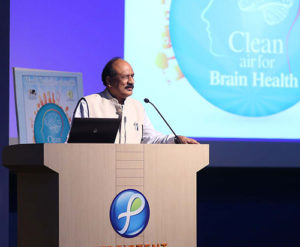
The program was inaugurated by renowned actor and psychiatrist Dr. Mohan Agashe. Mr. Chandrakant Channe, noted artist and president of Basoli group of children, was the guest of honor. Nandatai Jichkar, mayor of Nagpur, also attended the event. Dr. Meshram delivered a talk on air pollution and the brain and highlighted the importance of World Brain Day and public education activities. He also explained the natural and manmade causes of air pollution and effects of air pollution on the brain. He mentioned that out of the 15 most polluted cities in the world, the first 14 are in India. He suggested that a nationwide campaign for clean air is the need of the hour. The event was attended by 500 people.
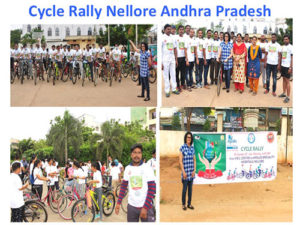
This was followed by screening of the national award-winning educational movie “Astu,” based on dementia. After the movie, Agashe, who was in the lead role in the movie, interacted with the audience and explained the finer details about dementia and the role of caregiver. Dr. Sudhir Bhave, psychiatrist, interviewed Agashe.
Dr. Meshram gave an interview on All India Radio, explaining various aspects of air pollution, including effects on the brain and means for reducing air pollution. World Brain Day posters were displayed in prominent places in the city, including in hospitals and clinics.
Print media had carried the campaign with great interest, and there were 14 publications in various newspapers in English, Hindi, and Marathi languages.
Nellore
Dr. Bindu Menon Foundation, Apollo Speciality Hospitals, and Jain Hub participated in World Brain Day July 22. The theme “Clean Air for Healthy Brain” was propagated. As automobiles contribute a great deal to air pollution, a cycle rally was organized which started from the main ground of Nellore VRC Center and went across the town.
A press meeting was organized prior to the cycle rally. Prof. Menon, senior neurologist, addressed the meeting and emphasized the need for clean air for a healthy brain. Among the various forms of air pollution, Dr. Menon emphasized that vehicle induced pollution is a major contributor for air pollution. He encouraged the public to use cycles, especially youngsters, and switch to pedal power. Clean air is essential to prevent several diseases, including brain, stroke and degenerative disorders.
More than 100 cyclists of all ages participated in the cycle rally. All wore T-shirts featuring the slogan, “Clean Air for Healthy Brain” and the WFN emblem. The cycle rally was a huge success. Print and electronic media covered the event.
Dr. Menon thanked all the participants of the cycle rally for making the event a huge success.
Ahmedabad
Dr. Shailesh Danri published the articles on air pollution and brain health in local newspapers in the Gujarati language.
Sholapur
Dr. Prasanna Kasegaonkar gave a detailed interview on All India Radio on air pollution and brain health.
Trichy
Tamil Nadu Pondicherry Association of Neurologists issued the press release and its president, Dr. M. A. Aleem gave a detailed interview highlighting the role of air pollution in stroke and degenerative brain diseases. •
